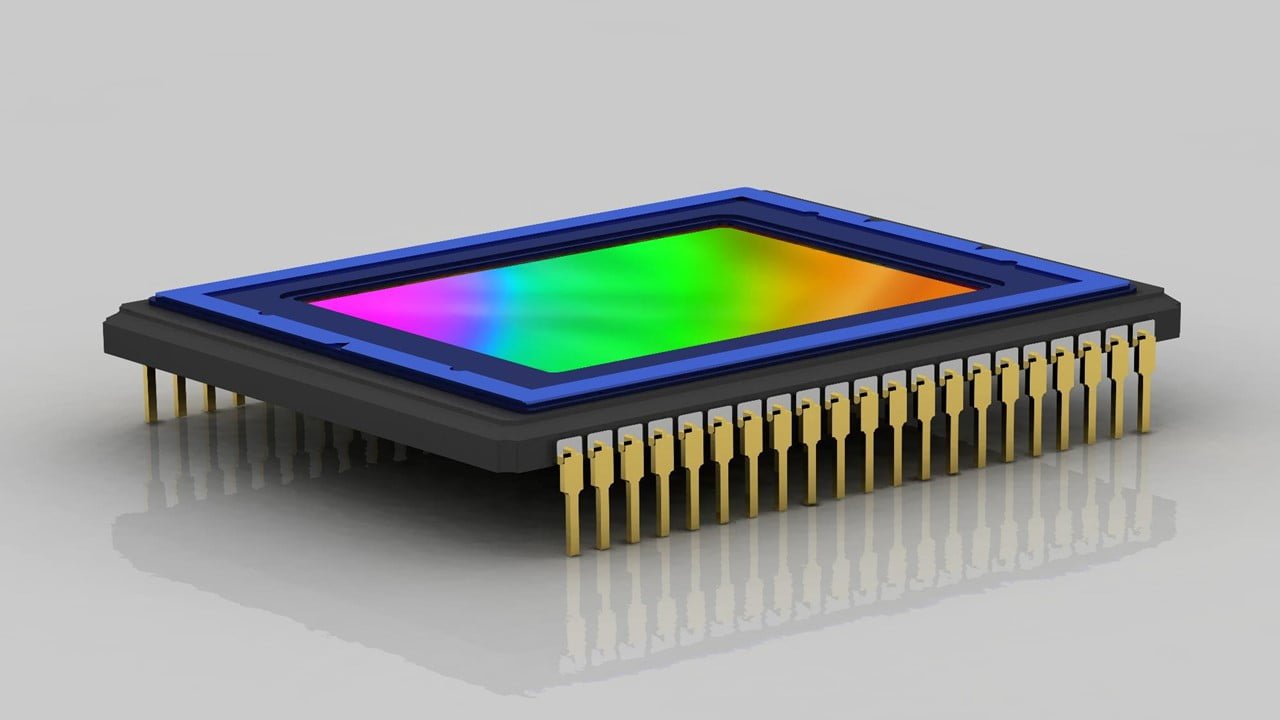
Researchers are predicting that split photons may also exist. This is a major paradigm change of how we understand light. Not only did the researchers find a new physical entity, but it was one that nobody believed could exist. The theoretical discovery of the split photons – known as a “Majorana bosons” – advances the [..]
Read More
Researchers are developing a new technique for imaging through a single multimode optical fiber the width of a human hair. The researchers aim to create a new generation of single-fiber imaging devices that can produce 3D images of remote scenes. Normally, when light shines through a single multimode optical fiber, crosstalk between modes scrambles the [..]
Read More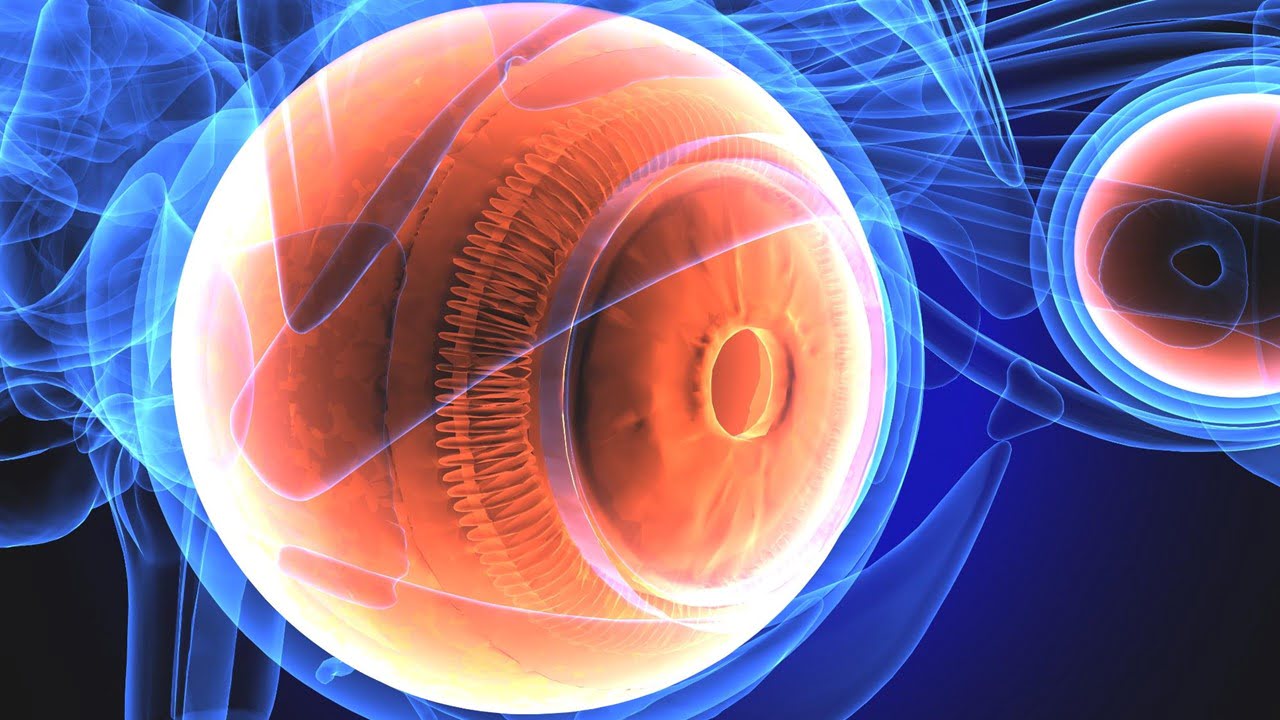
Most cataract surgeons become highly comfortable and adept at performing phacoemulsification, removing even the most difficult lenses, and placing lens implants with minimal stress throughout their careers. As their comfort level with this procedure grows, it frequently decreases with other less frequently performed procedures, such as intraocular lens exchange. For some, the prospect of performing [..]
Read More
Integrated photonics is fast evolving. Investigators are now exploring the shorter—visible—wavelength range to develop a wide variety of emerging applications. These include chip-scale light detection and ranging (LIDAR), augmented/virtual/mixed reality (AR/VR/MR) goggles, holographic displays, quantum information processing chips, and implantable optogenetic probes in the brain. The one device critical to all these applications in the [..]
Read More
A new research project is developing a new generation of high-precision, low-cost sensors for future smart cutting tools. The project aims to develop low-cost, nano-scale resolution sensors for machining operations on high-value aerospace products to improve precision, reduce costs, and prevent manufacturing errors. New cutting-edge sensing technology is required to achieve greater accuracy and deal [..]
Read More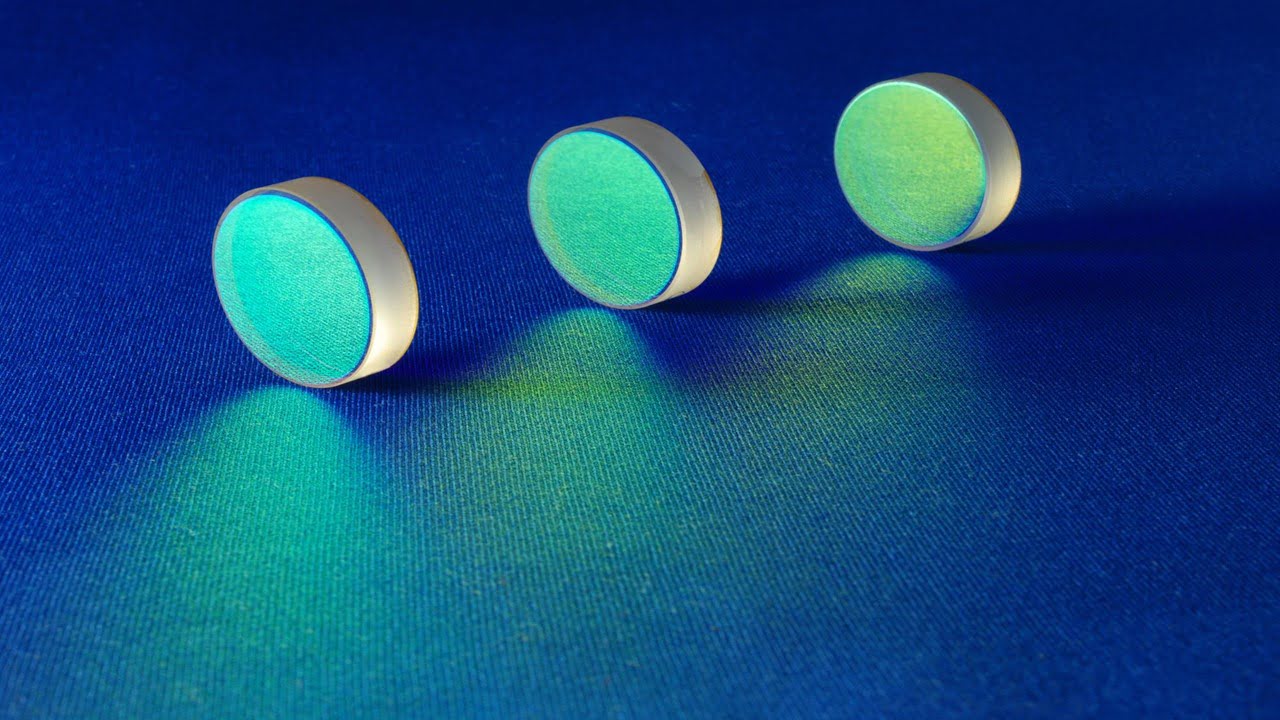
Because they transmit specific wavelengths while rejecting others, optical thin-film filters are critical components of today’s optical communications systems. These components comprise a multilayer stack of thin films on a glass substrate. The operation of an optical filter coating is based on optical interference theory. The design and manufacturing of the coatings determine the various [..]
Read More
Your dermatologist takes photographs of a suspicious-looking lesion and rapidly produces a detailed, microscopic image of the skin instead of surgically extracting a sample of skin, sending it to a lab, and waiting several days for findings. Such an imaging method could become routine in clinics due to a new “virtual histology” technology. This method [..]
Read More
Fluorescence microscopy and nonlinear imaging system performance characterization are crucial in optimizing and controlling imaging systems throughout longitudinal investigations. Microscopy calibration targets resistant to bleaching and can contrast across several modalities are essential for emerging multimodal nonlinear imaging techniques. Researchers have created a microscope calibration target based on fluorescent nanodiamonds. It has the potential to [..]
Read More
Scientists have devised a photonic chip system capable of almost unbreakable quantum communications (using quantum key distribution), with enough performance to secure video calls over long distances and enough stability to run for days. The device combines quantum transmitter and receiver microchips with a four-billion-bit-per-second chip-based quantum random number generator. Quantum computers under development around [..]
Read More
Researchers are developing a new optical imaging technique for a dental exam that uses light instead of X-rays to examine people’s teeth for cavities and cracks. Near-infrared light can penetrate the outer enamel layer, underlying dentin, pulp at the center, and gum tissue. Part of the motivation is to decrease patients’ exposure to ionizing radiation, [..]
Read More
Concerns about ensuring authorized access to sensitive data have grown as the digital era has progressed. Aside from standard identification methods, biometric qualities such as fingerprints, iris, facial characteristics, and, more recently, brain waves (based on electroencephalography – EEG) have piqued interest. The current research on EEG-based authentication focuses on acute recordings in laboratory conditions [..]
Read More
A new zone is formed when liquid meets gas, and molecules (naturally variable) can cross from one state to another. They combine in novel ways to achieve either desirable or undesirable results—the lack of tools capable of precisely controlling such interfaces limits their applications. Researchers have created the first nanoscale controllable gas-liquid interfaces. Whether engineered [..]
Read More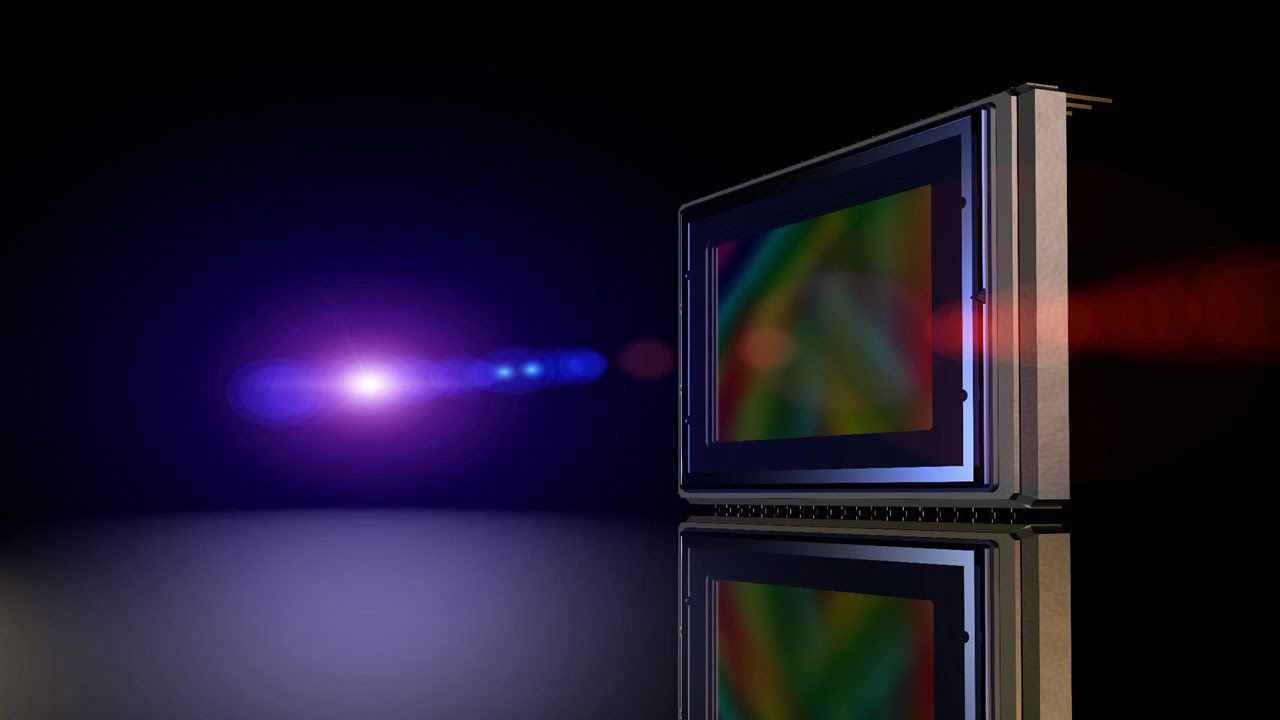
A research team has created colloidal crystals that look like opal nanostructures sensitive to time and temperature and can make new sensors. These sensors record the temperature in their environment visibly and continuously over a set period. As a result, they’re ideal for continuous monitoring of temperature-sensitive processes. Exposure to only moderate temperatures for long [..]
Read More
Effective vein visualization is vital for several clinical procedures, such as venous blood sampling and intravenous injection. Existing technologies using infrared devices or ultrasound technology are unsuitable for daily medical care due to their equipment. Now, researchers have devised a new regression-based vein visualization method. It uses conventional RGB images to diagnose venipuncture procedures and [..]
Read More
In the mid-2020s, NASA will launch the Nancy Grace Roman Space Telescope. It will provide a panoramic field of view at least a hundred times larger than Hubble’s, at a similar resolution. It will survey the sky up to thousands of times faster than can be done with Hubble. This wide-field, high-resolution, and efficient survey [..]
Read More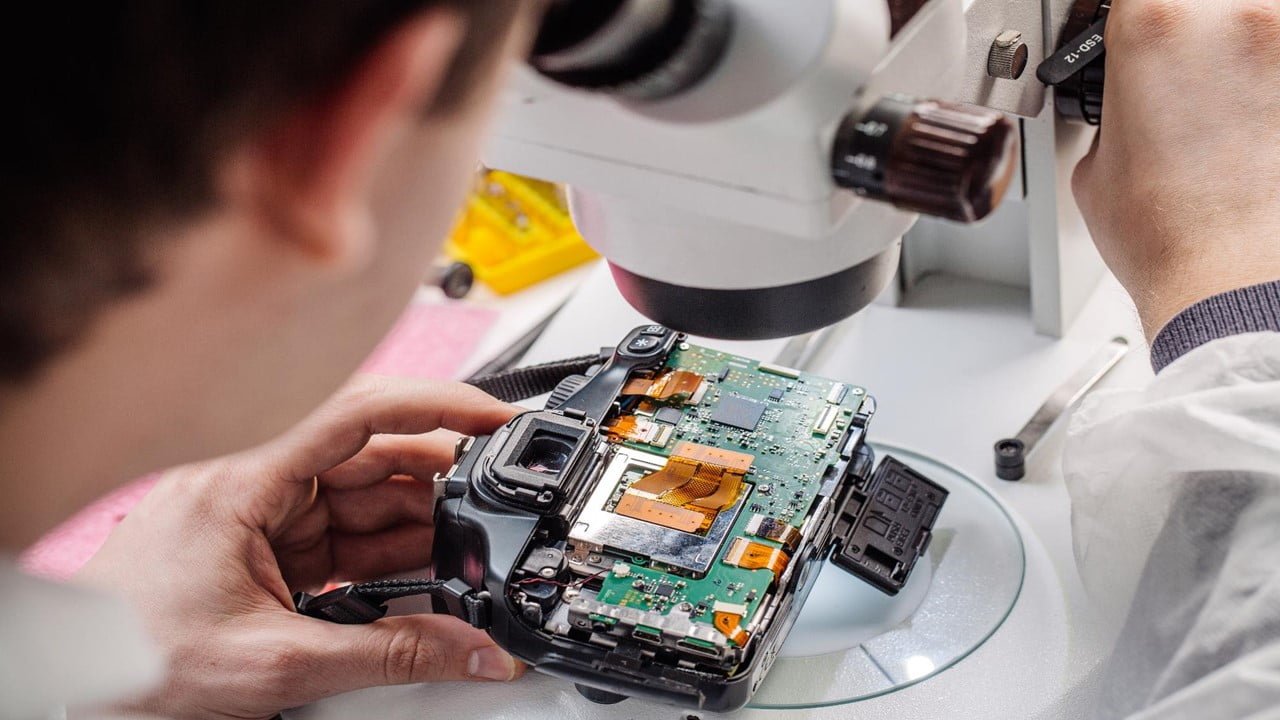
A new family of 2D semiconductors could pave the way for high-performance and energy-efficient electronics. The findings may lead to the fabrication of semiconductor devices applicable in mainstream electronics and optoelectronics – and even potentially replace silicon-based device technology altogether. 2D semiconductors are materials with a thickness of a few atoms. Due to their nanoscale [..]
Read More
Researchers have paired microscopy with artificial intelligence to develop a fast, accurate, cost-effective COVID test. While many methods currently exist to test for SARS-CoV-2, none use a label-free optical approach. So, the research team turned to a technique typically reserved for visualizing cells: spatial light image microscopy (SLIM), which facilitates chemical-free (or label-free) imaging. SLIM [..]
Read More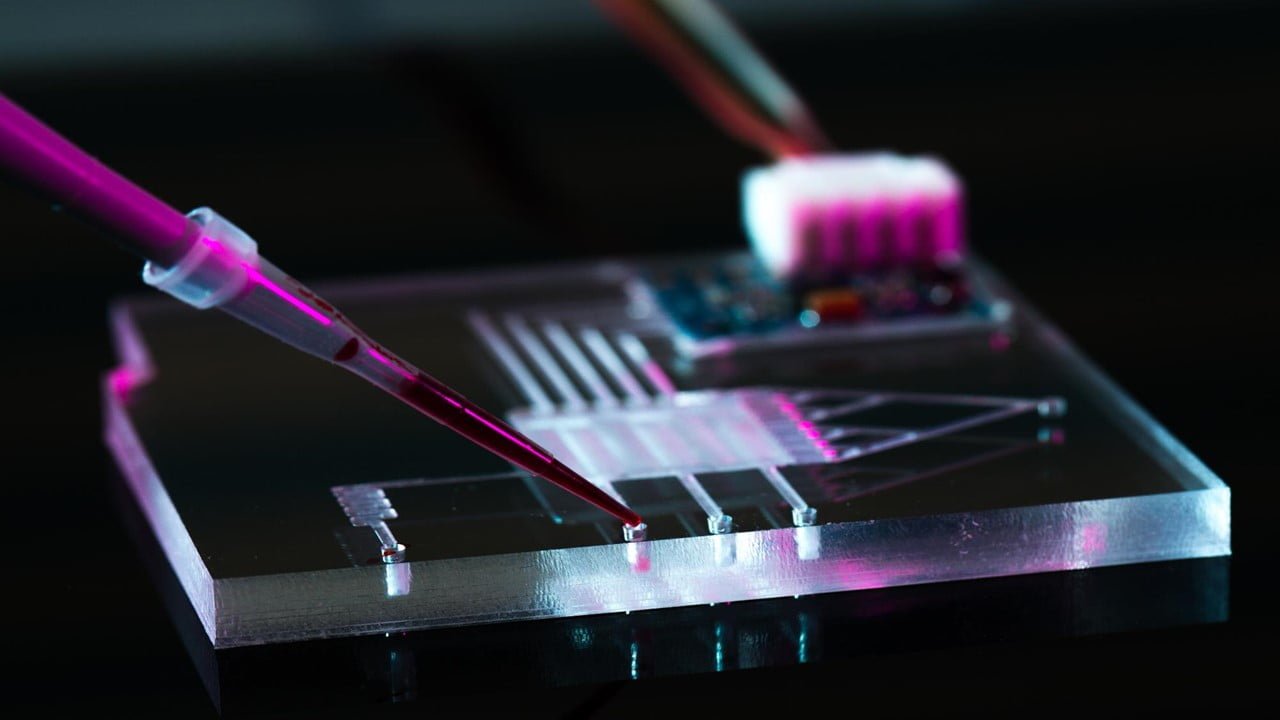
DNA computing uses the individual units of DNA’s two strands (selectively bound to each other in a complementary manner) to do complicated mathematical calculations. However, most DNA computing processes are still manual – one needs to add reactants step-by-step to the reaction. Finally, scientists have developed a programmable DNA-based microfluidic device that a personal computer [..]
Read More
Due to light dispersion and absorption, imaging deep into tissues is challenging. The wavelength windows for high-resolution deep mouse brain imaging are around 1300 nm and 1700 nm. However, due to the low detection efficiency of currently available detectors, one-photon fluorescence imaging in the wavelength region has proved extremely difficult. Researchers have created one-photon confocal [..]
Read More
Astronomers have recorded an unparalleled look at X-rays from a black hole system in the early cosmos using gravitational lensing, a natural lens in space. NASA’s Chandra X-ray Observatory employed this magnifying glass to sharpen X-ray images for the first time. It acquired details about black holes that would otherwise be too far away to [..]
Read More